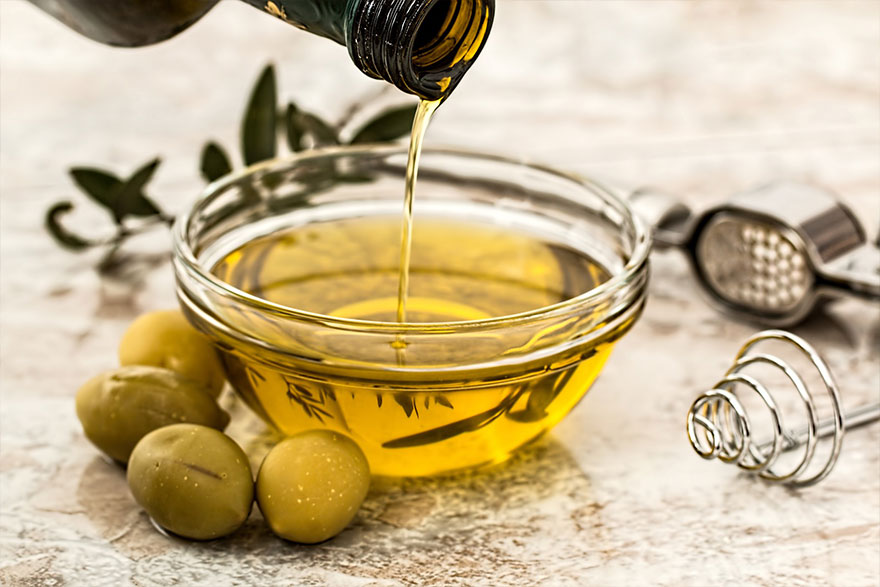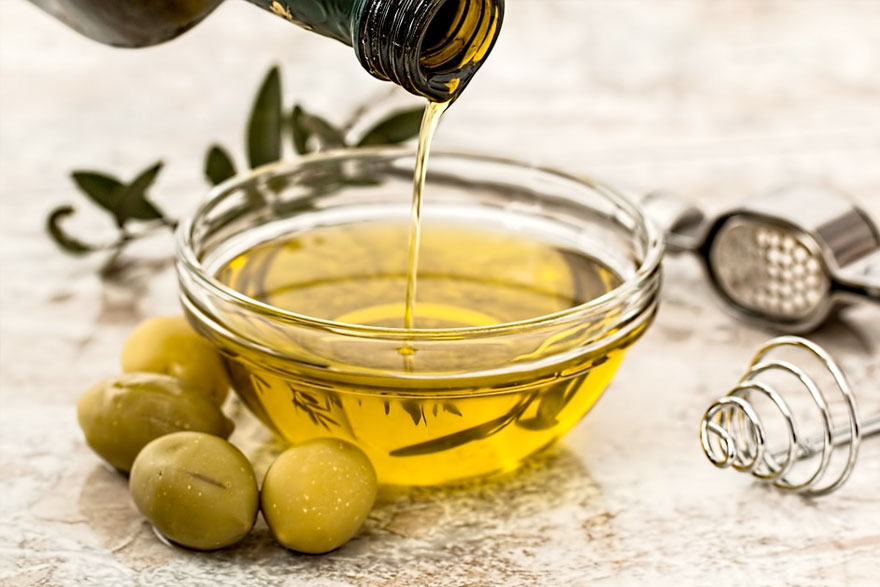By Trevett Hooper
Vinaigrettes are great any time of year, but they are especially useful in the summer when there is so much wonderful local produce to enjoy. Making vinaigrette from scratch is very easy, economical, and opens the door to many possibilities in the kitchen.
They’re a delicious dressing for fresh salad greens and steamed vegetables. Cooked green beans tossed with vinaigrette and served at room temperature is very tasty. You can also use vinaigrette to season sliced tomatoes, especially if you’re looking for an alternative to the delicious-though-ubiquitous balsamic/basil/olive oil treatment.
Vinaigrettes also make good marinades. Local, pastured chicken breasts marinated for 2-4 hours in an herb-rich vinaigrette before grilling adds lots of flavor (poke the breast with a fork to help the marinade soak in). Balsamic vinegar, minced garlic, and a pinch of brown sugar works nicely as a marinade for grilled wedges of bitter greens like radicchio or escarole. Or try rice wine vinegar, red pepper flakes, cilantro, and honey for a delicious napa cabbage marinade for grilling or baking in a hot oven.
My favorite summer application of all, however, is to dress a potato salad with the Basic Vinaigrette recipe below, adding minced garlic and chopped fresh oregano to the vinegar.
Ingredients
- 1 ½ tablespoons minced shallot
- ¼ cup red wine vinegar or any vinegar you like
- 1 tablespoon Dijon mustard
- ¾ teaspoon sea salt
- ¾ to 1 cup Oil
Instructions
-
First, mince the shallot very small and allow to macerate (soften) in the red wine vinegar for 10-15 minutes.
-
Add Dijon mustard and salt, and whisk to combine.
-
Slowly incorporate the oil, a few drops at a time, whisking all the while. By the end of it, you should have an emulsified vinaigrette.
-
Taste and season with salt if necessary.
Once you know how to make a simple base recipe, you can explore some variations.
Try incorporating fresh herbs. For more robust herbs like oregano, thyme, savory, and rosemary, I like to steep them in the vinegar along with the shallot. For more delicate herbs like basil, dill, chervil or parsley, I like to fold them in at the end.
You can experiment with different alliums, too. While shallots are great because they go with so many things, ramps, spring onions, green garlic, garlic, or scallions would all work too, alone or in combinations. There is lots of flexibility to work with whatever the local markets have to provide.
Certain oils, such as extra virgin olive oil, may solidify in the fridge. If this happens, just set it out at room temperature until it becomes liquid again. I like to use a half neutral-tasting oil (like grapeseed or canola) and half extra virgin olive oil. Using straight olive oil can be tricky. In my experience, it can sometimes come out bitter and makes for a less-stable emulsification.
Properly seasoning a vinaigrette is imperative. The Basic Vinaigrette recipe is light on salt, allowing for the different salt levels of various Dijons. Whisk in additional salt at the end, if needed, a few pinches at a time, until it tastes good. Balancing oil and vinegar with salt is tricky business and may take practice. Season fearlessly; if you overdo it with the salt, you can always whisk in more oil and vinegar.
Now that you know how to make a delicious vinaigrette that is cheaper and probably tastier than just about any pre-made vinaigrette you could purchase, the fun begins!
 Trevett is a Co-op member and the chef and co-owner of Legume Bistro, a family-operated restaurant located in the North Oakland neighborhood of Pittsburgh. Named a semi-finalist for Best Chef in the 2013 James Beard Foundation Awards, Trevett leads a team of curious cooks exploring old-fashioned methods of in-house food processing such as fermentation, canning, drying and whole animal butchery in order to cook with significant amounts of local ingredients throughout the year.
Trevett is a Co-op member and the chef and co-owner of Legume Bistro, a family-operated restaurant located in the North Oakland neighborhood of Pittsburgh. Named a semi-finalist for Best Chef in the 2013 James Beard Foundation Awards, Trevett leads a team of curious cooks exploring old-fashioned methods of in-house food processing such as fermentation, canning, drying and whole animal butchery in order to cook with significant amounts of local ingredients throughout the year.




Leave A Comment